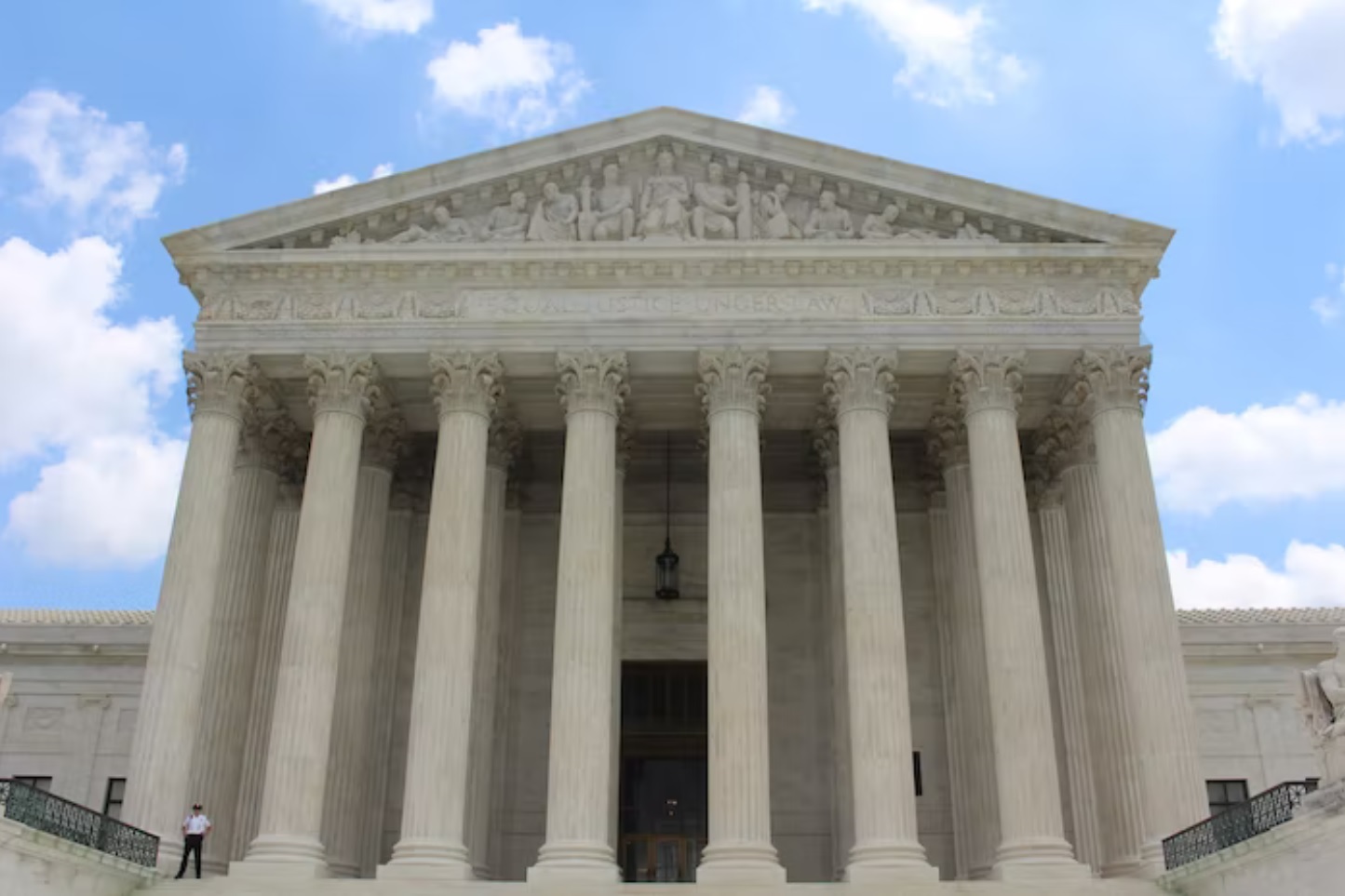
U.S. Supreme Court Strikes Down Universities’ Race-Conscious Affirmative Action Admissions Policies
July 6, 2023
By Nik Soukonnikov
Bullard Law,
The Supreme Court struck down race-conscious affirmative action admissions policies used by Harvard and the University of North Carolina as contrary to the Equal Protection Clause of the 14th Amendment and Title VI of the Civil Rights Act of 1964. Such programs did not satisfy the Court’s strict scrutiny analysis.
The schools’ programs considered an applicant’s race in determining whether to offer admission. Being a member of an underrepresented racial minority could result in a “plus” and, in some cases, a “significant” one. Admissions decisions were required to consider an applicant’s “race and ethnicity,” among other factors. A result of these admissions policies was that underrepresented minority students were “more likely to score [highly] on their personal ratings than their white and Asian American peers” but tended to be rated lower on academic and extracurricular scores. The race-conscious aspects of the programs were challenged as race-based discrimination in violation of the 14th Amendment of the Constitution (in the case of UNC) and similar protections in Title VI of the Civil Rights Act of 1964 (in the case of Harvard).
The Court noted that its past decisions envisioned a time, around 2028, when the government interest served by such policies would no longer be compelling enough to justify race-conscious admissions policies. It held that the time had come today.
The universities argued their programs were necessary to advance goals including “better educating” students “through diversity,” producing “new knowledge” due to diverse outlooks, and fostering “cross-racial understanding, and breaking down stereotypes.” The Court considered these goals to be too amorphous for courts to be able to evaluate if race-conscious admissions policies were necessary to advance them. Military academies were exempted from the ruling.
The Court identified four problems with the admissions programs. First – the objectives weren’t well defined and measurable, so courts couldn’t tell if the admissions policies were actually advancing their stated goals. Second, they “involve racial stereotyping” because they assume that individuals of a particular race add to diversity because they think alike, “at the very least alike in the sense of being different from nonminority students.” Third, they didn’t have endpoints, implying that the universities would continue considering race in admission decisions forever if the courts didn’t step in. Finally, the Court found that the zero-sum environment of competitive college admissions meant race was used “in a negative manner.” The Court reasoned that giving an advantage to members of one racial group based on their race meant penalizing members of every other racial group who did not receive that advantage because of their race.
While universities are no longer permitted to consider an applicant’s racial background as a basis for admissions decisions, the Court was clear that they may consider “an applicant’s discussion of how race affected his or her life, be it through discrimination, inspiration, or otherwise,” so long as those considerations are on an individualized basis. The Court cautioned that benefits flowing out of such consideration must be tied to “that student’s unique ability to contribute to the university. In other words, the student must be treated based on his or her experiences as an individual – not on the basis of race.”
The big takeaway is that university admissions policies that take an applicant’s racial background into account in a generalized way are no longer permitted. What is more interesting is how this decision may impact employers, including those with diversity, equity, and inclusion programs, moving forward.
The EEOC stated that, in its view, the question of how this decision affects DEI programs was not reached by the Court, so the exact reach of this decision remains to be determined. It is possible that the Court’s decision is limited to the unique, zero-sum environment of selective university admissions, but courts could also decide to apply this reasoning to other programs. Government programs with limited enrollment slots that consider an applicant’s race (and provide preferences based thereon) as a factor in enrollment decisions would seem to be at the most immediate risk.
The Court did not look at programs that convey a benefit based on an applicant’s sex or gender, so this ruling does not directly impact such programs, but nothing in the reasoning underlying the case (that providing a benefit based on membership in a particular protected classification may be considered as denying that benefit to people outside of that particular classification) prevents it from being extended to apply to such programs in the future.
The reach of this decision will be clarified as it is applied by agencies and courts. For now, employers would be well served to ensure that the factors the Court found objectionable in university admissions are minimized in the programs they administer by evaluating applicants based on their specific, personal experiences and ensuring that, if someone is being denied a benefit, their race is not a determinative factor in the decision.
The content of this Alert is provided for general information purposes only. It should not be considered legal advice or used as a substitute for consulting an attorney for legal advice.
Content ©2023, Bullard Law. All Rights Reserved.
Disclaimer: Articles featured on Oregon Report are the creation, responsibility and opinion of the authoring individual or organization which is featured at the top of every article.

